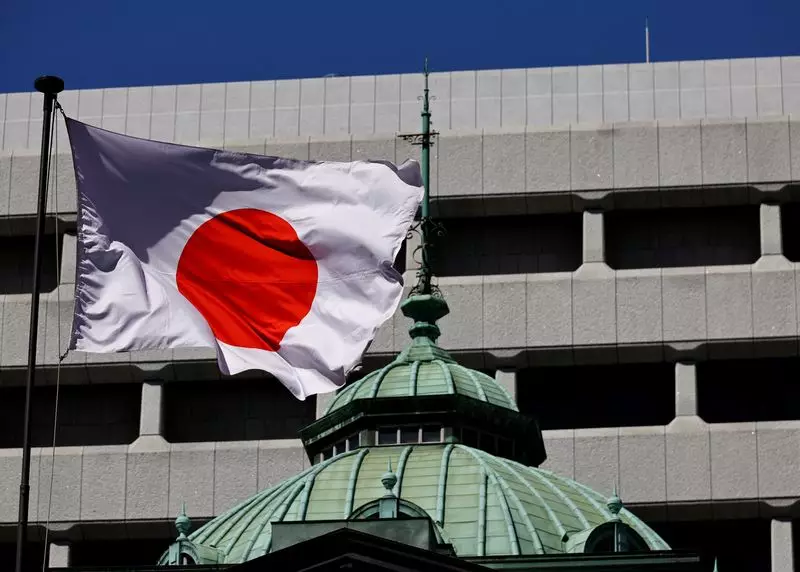The Bank of Japan (BOJ) is currently at a critical juncture regarding interest rate policy, with decision-makers divided over the timing and implications of potential rate hikes. During the October policy meeting, discussions highlighted a spectrum of opinions among the nine-member board, revealing a cautious approach to any shifts in monetary policy. Some members expressed alarm over the potential for renewed market volatility should the BOJ proceed with rate adjustments too hastily.
As global economic conditions remain fluid, concerns surrounding Japan’s financial stability have dominated the conversation. Certain policymakers voiced the necessity for thorough analysis of market trends, especially fluctuations in the yen, before making any decisions on interest rates. This sentiment underscores a broader apprehension about the domestic economy’s resilience to increased borrowing costs. With reduced fears regarding a hard landing for the U.S. economy, the BOJ’s focus shifts towards assessing local risks and market sentiments as conditions evolve.
The Balancing Act of Monetary Policy
At the heart of the debate lies a compelling tension: the BOJ’s dual mandate of fostering economic growth while ensuring market stability. While a faction of the board advocates for gradual rate hikes as a means of normalizing monetary policy, others urge a more methodical approach. Such caution is deemed essential to avoid exacerbating market uncertainties, particularly in an economy still grappling with the legacies of prolonged low interest rates. One board member aptly summarized this by stating it was “too early to conclude markets will restore calm,” indicating a need for vigilance in navigating this complex landscape.
Moreover, the notion of pausing rate hikes to better evaluate the trajectory of both domestic and international economies reflects a broader strategic posture. The idea of maintaining ultra-low rates—while cautiously acknowledging the shifting environment in the U.S.—highlights the BOJ’s reliance on continuous monitoring before implementing changes. As the perception of Japan’s economic climate evolves, the policymakers seem acutely aware that a miscalculation could have considerable repercussions on both local and global stages.
Communicating Future Intentions
Intriguingly, while some members champion the need for calculated caution, they also underscore the importance of communicating the BOJ’s future plans effectively. This indicates a recognition that transparency is vital in maintaining market confidence. The call for a coherent communication strategy aimed at illustrating the BOJ’s commitment to rate increases—conditional on meeting economic targets—demonstrates an understanding that market participants are deeply interested in the central bank’s intentions and rationale for policy shifts.
As the BOJ grapples with its decision-making process, the context of global economic indicators will undoubtedly play a pivotal role in dictating the pace of monetary policy changes. With the recent meeting concluding with an affirmation of the current ultra-low interest rates, coupled with nuanced discussions surrounding future adjustments, it is clear that the path forward will require a delicate balance between vigilance, communication, and responsive action, positioning the BOJ to adapt as economic conditions continue to unfold.

